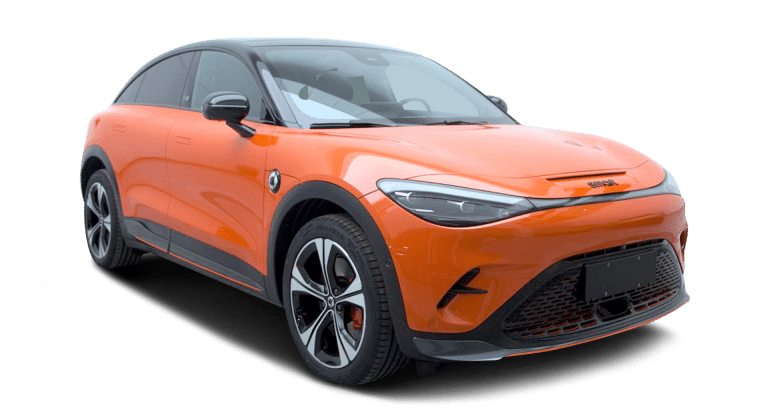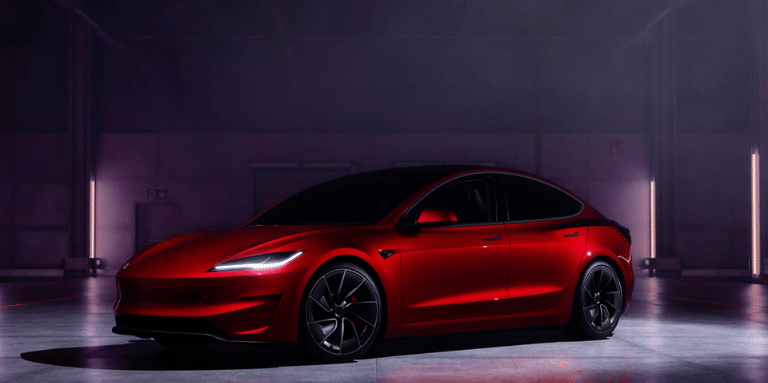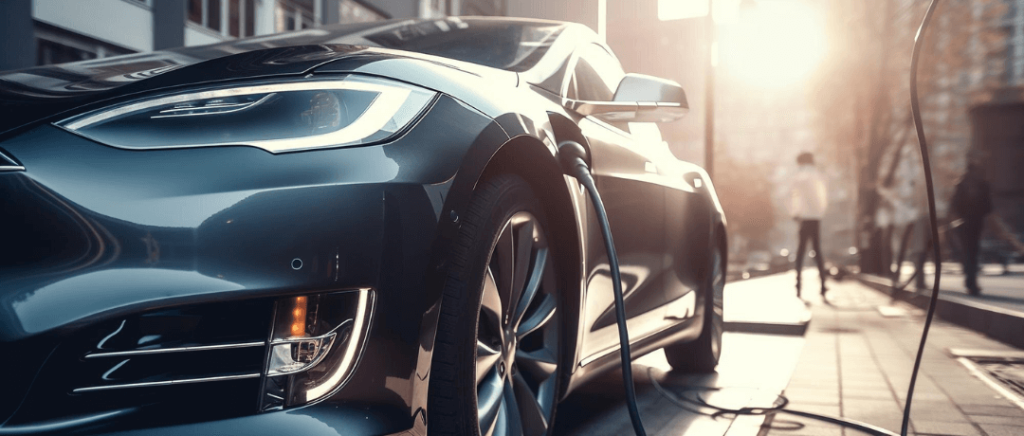What is eco-driving?
Eco-driving is a set of practices designed to reduce your car's electricity consumption (or fuel consumption for internal combustion engines). It encompasses a wide range of behaviors that can be adopted to ensure smoother, more energy-efficient driving.
Eco-driving is also an eco-citizen driving style that not only saves money, but also ensures greater road safety and respect for other road users. In short, eco-driving has nothing but positive points, so let's see how you can improve your driving!
Eco-driving: how do you go about it?
Having defined what eco-driving is, let's look at how to put it into practice.
Activate "eco" mode
Today, most electric vehicles are equipped with an "eco" mode. This mode helps reduce battery use while you're driving. It reasonably reduces the power of your motor, and is therefore very relevant to use in town, as there's no need to accelerate at high power when you're driving in built-up areas. It's a quick and easy first step to reducing consumption.
Discover several models of electric vehicles available for quick delivery!

Prepare and optimize your trip
Your first objective: avoid traffic jams, which make you consume more, and make your trip as short as possible (in terms of kilometers). So before you leave, find out which route you're going to take: which is the shortest and has the best traffic conditions, for example, you can use Waze to find out the traffic flow on your route in real time.
For longer journeys, for example when you go on holiday vacationservices such as Chargemap can help you find the charging stations available on your itinerary. You can filter the results by various criteria, such as terminal power, type of plug selected, etc.
So you don't have to drive in circles for 20 minutes before finding a charging point for your vehicle. What's more, using a GPS or route-guidance application will also help you anticipate slowdowns and avoid unnecessary braking, bearing in mind that some applications like Google Maps and Apple Maps are even starting to integrate charging stations into their applications. We'll look at this point in greater depth below. Finally, leave in good time, because driving in a hurry is never a good thing.
Drive smoothly
Adopting a smoother, more fluid driving style is the basis of eco-driving, but what does it really mean? For smoother, more energy-efficient driving, you need to :
- Don't press too hard on the accelerator pedal when you don't have to
- Example: There's no need to accelerate before reaching a red light or before slowing down.
- Don't brake hard when you don't have to, but decelerate gently.
- Example: In a traffic jam, instead of accelerating and braking just before reaching the car in front of you, decelerate before reaching it, to avoid unnecessary acceleration.
- Simply put: AnticipateThe aim is to anticipate slow-downs and stops so as not to accelerate unnecessarily (but rather to decelerate).
Would you like to switch
to electric?
Beev offers multi-brand 100% electric vehicles at the best prices, as well as recharging solutions.
Reduce speed
Another way to reduce fuel consumption is to reduce your speed. By reducing your speed, you also reduce the power needed to propel the car, thus saving energy!
Switching off the engine during a prolonged stop
Switch off your engine every time you stop for more than 20 seconds, to save battery power and extend yourrange on the road.
Remove unnecessary load from the vehicle
Removing unnecessary load from the vehicle means removing any equipment added on or in your vehicle that you don't need at the time you're driving. For example, unused roof bars cause you to consume more energy, as they make your vehicle heavier. Any unnecessary load should be removed, to optimize the energy used.
Make sure the vehicle is in good condition
Having a vehicle in good condition and well maintained is also important for economical driving. This means, for example, regular servicing at the garage or checking tire pressure regularly. For example, a vehicle in poor condition can consume up to 25% more energy. As for under-inflated tires, they increase your fuel consumption and have poorer roadholding. Checking your tire pressure every month is quick and will benefit you in many ways.
See also - How to maintain your electric car
Pay attention to your ventilation
It might not be the first thing you'd think of, but your ventilation system uses a lot of energy, especially the air-conditioning, which consumes the most. So next time you're driving around town, open the window instead of turning on the air-conditioning, and you'll gain in autonomy!
Stay aerodynamic
What does it mean to be aerodynamically sound? It means that the air must circulate perfectly around the car, and not be blocked by anything else, especially at high speeds. Cars are designed to be aerodynamically efficient, so blocking the air with a roof box or opening your window when driving on the freeway has a negative effect on your car's aerodynamics. So always make sure you get the best possible aerodynamics!
Going further to reduce your environmental impact
Practicing eco-driving means not only extending your battery life and saving money, but also limiting your environmental impact, since you'll be recharging your car less and using less electricity. But you can also go further in limiting your environmental impact, for example by registering with a car-sharing site like Blablacar and asking other users to accompany you on your journeys.
Another way to do more for the planet is to switch to green tires These tires are made from silica, a component that consumes less energy than carbon. Priced between €70 and €80, they're pretty affordable when you consider the savings they'll bring! An important detail when you consider that tires absorb over 30% of a vehicle's energy.

Why practice eco-driving?
We've already touched briefly on the advantages of this driving style, but let's take a closer look. Eco-driving has many advantages. Firstly, you'll drive more smoothly, which will help you to relax and feel less stressed. Secondly, you'll extend your car's range, giving you more freedom on long journeys. Practicing eco-driving also means maintaining your car better and extending its lifespan. Last but not least, you'll be helping to make the roads safer for everyone. In short: there's no downside to eco-driving, so there's no reason not to put it into practice!





